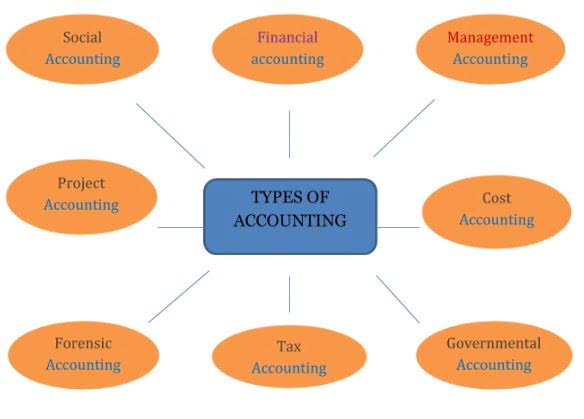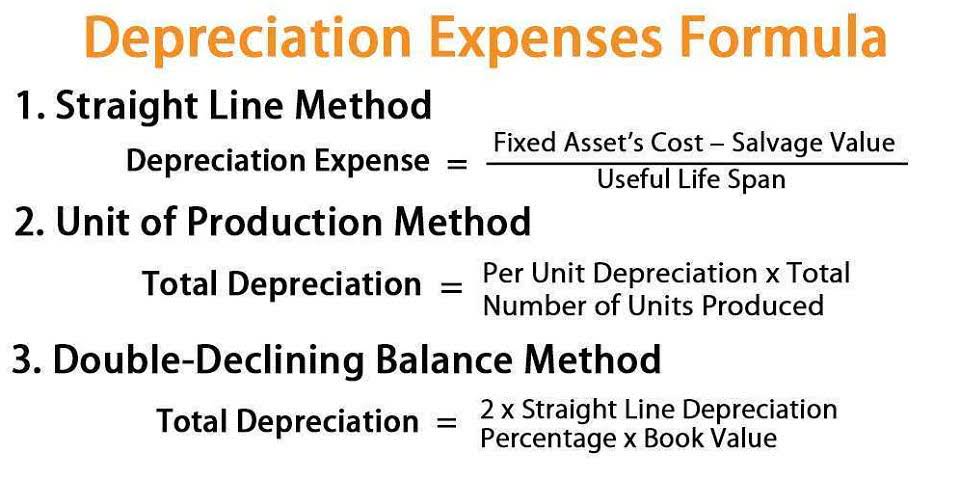Declining Balance Depreciation Calculator

Also note that some calculators will reformat to accommodate the screen size as you make the calculator wider or narrower. If the calculator is narrow, columns of entry rows will be converted to a vertical entry form, whereas a wider calculator will display columns of entry rows, and the entry fields will be smaller in size … Note that my expertise is in creating online calculators, not necessarily in all of the subject areas they cover. While I do research each calculator’s subject prior to creating and upgrading them, because I don’t work in those fields on a regular basis, I eventually forget what I learned during my research.
When is the Double Declining Method used?
- It’s widely used in business accounting for assets that depreciate quickly.
- However, it may also apply to business assets like computers, mobile devices and other electronics.
- This will help demonstrate how this method works with a tangible asset that rapidly depreciates.
- In fact, as the name suggests, the DDB method results in a first-year depreciation expense of double the amount that could be expensed using the straight-line method.
- We now have the necessary inputs to build our accelerated depreciation schedule.
- Like in the first year calculation, we will use a time factor for the number of months the asset was in use but multiply it by its carrying value at the start of the period instead of its cost.
First, determine the asset’s initial cost, its estimated salvage value at the end of its useful life, and its useful life span. Then, calculate the straight-line depreciation rate and double it to find the DDB rate. Multiply this rate by the asset’s book value at the beginning of each year to find that year’s depreciation expense. Accelerated depreciation is a critical strategy for commercial real estate owners looking to minimize taxes and optimize cash flow. By leveraging cost segregation, property owners can maximize depreciation deductions, unlocking significant financial benefits. If you own commercial property, now is the time to explore how a cost segregation study can help you reduce tax liability and increase profitability.
- A Data Record is a set of calculator entries that are stored in your web browser’s Local Storage.
- Tickmark, Inc. and its affiliates do not provide legal, tax or accounting advice.
- Under the straight-line depreciation method, the company would deduct $2,700 per year for 10 years–that is, $30,000 minus $3,000, divided by 10.
- If you own commercial property, now is the time to explore how a cost segregation study can help you reduce tax liability and increase profitability.
- If you’ve taken out a loan or a line of credit, that could mean paying off a larger chunk of the debt earlier—reducing the amount you pay interest on for each period.
- If the selected year is either the first or final year, the percentage will be prorated based on what month of the year the asset was placed in service.
Straight Line Depreciation Rate Calculation
Depreciation is https://www.bookstime.com/ the act of writing off an asset’s value over its expected useful life, and reporting it on IRS Form 4562. The double declining balance method of depreciation is just one way of doing that. Double declining balance is sometimes also called the accelerated depreciation method. Businesses use accelerated methods when having assets that are more productive in their early years such as vehicles or other assets that lose their value quickly. Choosing the right depreciation method is essential for accurate financial reporting and strategic tax planning.

Formula

Double Declining Balance (DDB) depreciation is a method of accelerated depreciation that allows for greater depreciation expenses in the initial years of an asset’s life. The Double Declining Balance Method (DDB) is a form of accelerated depreciation in which the annual depreciation expense is greater during the earlier stages of the fixed asset’s useful life. Double declining balance depreciation allows for higher depreciation expenses in early years and lower expenses as an asset nears the end of its life. With the double declining balance method, you depreciate less and less of an asset’s value over time. That means you get the biggest tax write-offs in the years right after you’ve purchased vehicles, equipment, tools, real estate, or anything else your business needs to run. In my experience, using the double declining balance method can help businesses manage their taxes effectively by allowing them to report lower profits in the early years of an asset’s life.

Double-Declining Balance Depreciation Method
The DDB method accelerates depreciation, allowing businesses to write off the cost of an asset more quickly in the early years, which can be incredibly beneficial for tax purposes and financial planning. Sara wants to know the amounts of depreciation expense and asset value she needs to show in her financial statements prepared on 31 December each year if the double-declining method is used. In the accounting period in which an asset is acquired, the depreciation expense calculation needs to account for the fact that the asset has been available only for a part of the period (partial year). The following section explains the step-by-step process for calculating the double declining balance method depreciation expense in the first year, mid-years, and the asset’s final year. For instance, if an asset’s market value declines faster than anticipated, a more aggressive depreciation rate might be justified. Conversely, if the asset maintains its value better than expected, a switch to the straight-line method could be more appropriate in later years.

It is a bit more complex than the straight-line method of depreciation but is useful for deferring tax payments and maintaining low profitability in the early years. The double declining balance method calculates depreciation by applying a constant rate to an asset’s declining book value. First, the straight-line depreciation rate is determined by dividing 100% by the asset’s useful life. For example, an Certified Public Accountant asset with a five-year useful life has a straight-line rate of 20%.
Switching to Other Depreciation Methods
However, due to the way it’s calculated, the DDB method of depreciating an asset rarely fully depreciates the asset by the end of the recovery period. Therefore most companies switch to the straight-line method during the final year(s) of the recovery period in order to fully depreciate the asset. Enter the expected salvage value (also known as residual value) of the asset at the end of its recovery period (without dollar sign or commas). If you expect the asset to be worthless at the end of its recovery period, enter a zero. Note that the double declining balance method ignores the salvage value for as long the book value remains higher than the salvage value. To get a better grasp of double declining balance, spend a little time experimenting with this double declining balance calculator.
